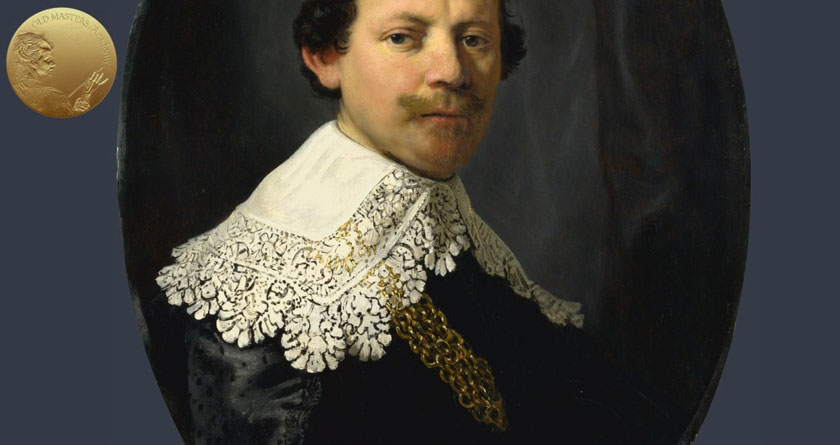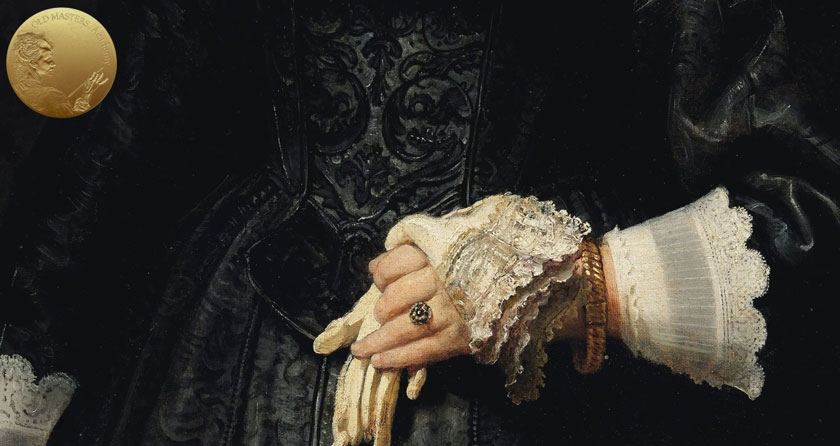Art Lesson 38, Part 10
Discover how Rembrandt Used Bone Black and Charcoal in his Paintings
Learn how to paint like the Old Masters!
Old Masters Academy Online Course
Self-study, self-paced online video courseLifetime membershipOne-time payment: $487Enroll Now!Personal Tutoring online + Online Course
Unlimited tutoring by the Academy teachersLifetime membershipOne-time payment: $997Enroll Now!« Back to the Art Lessons List
How Rembrandt Used Bone Black and Charcoal in his Paintings
Dark pigments take an important place in Rembrandt’s palette. Apart from dark-colored umber, artists used black pigments, especially for painting black clothes of his sitters, which were almost always done in bone or ivory black.

In Portrait of an 83-year-old Woman, the dress was painted directly over the ground with a solid, pure black pigment. Neutral grey shades of the sleeves and ribbons were done with an addition of just a little white. A similar technique was used in the Portrait of Philips Lucasz. Sometimes, Rembrandt added small quantities of other colors like blue or red.

The artist also mixed black with other pigments for dark glazes used for backgrounds, costumes, and to shadow flesh. He also used black pigments for making wash-like sketches over the ground layer.

In addition to bone black, Rembrandt also used wood charcoal. This has a slightly bluish-black cast when mixed with white. Such a mix was applied to enhance the cool mid-tones of the flesh in A Woman Bathing in a Stream. This mix is also found on the bluish-grey streaks on the white fur stole and cuff in Portrait of Hendrickje Stoffels.




